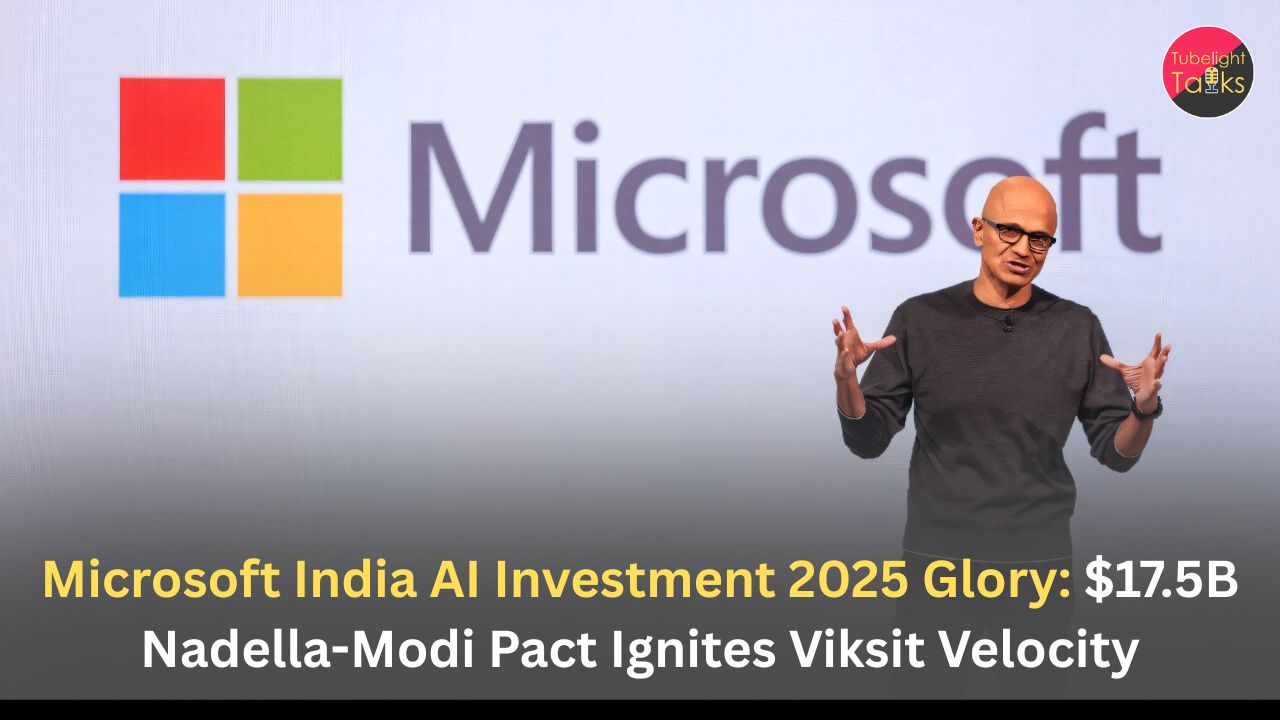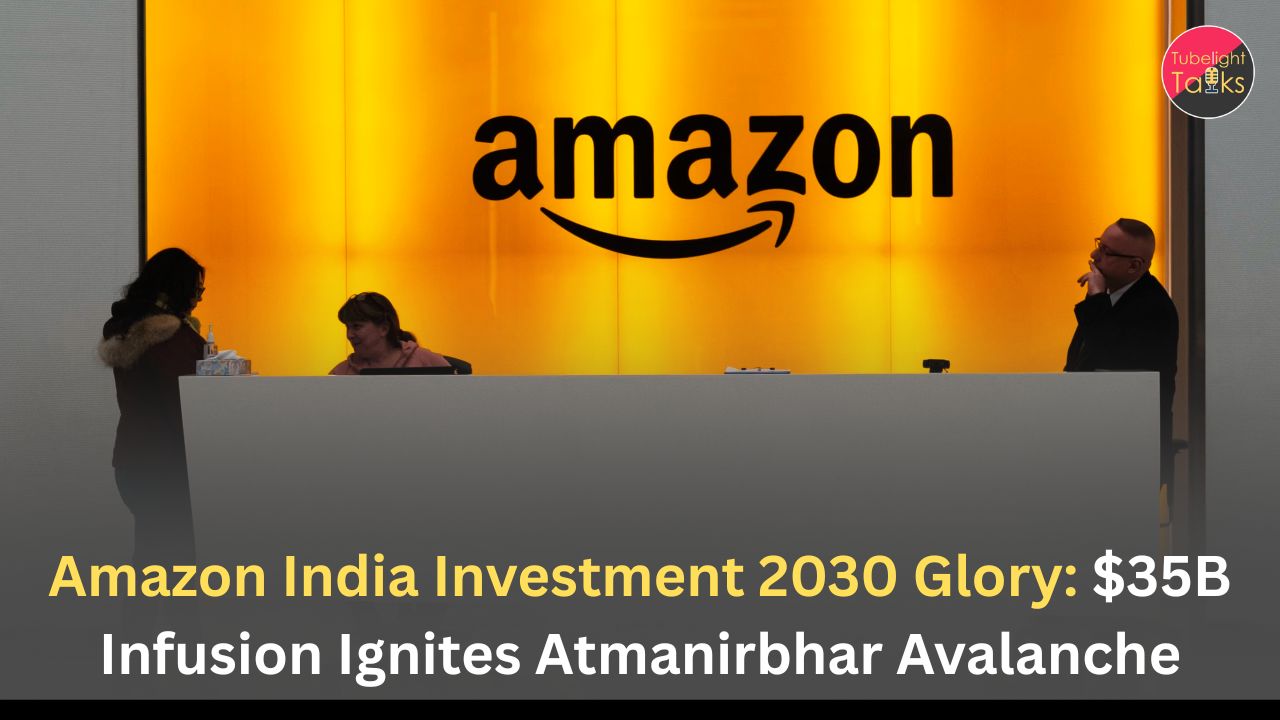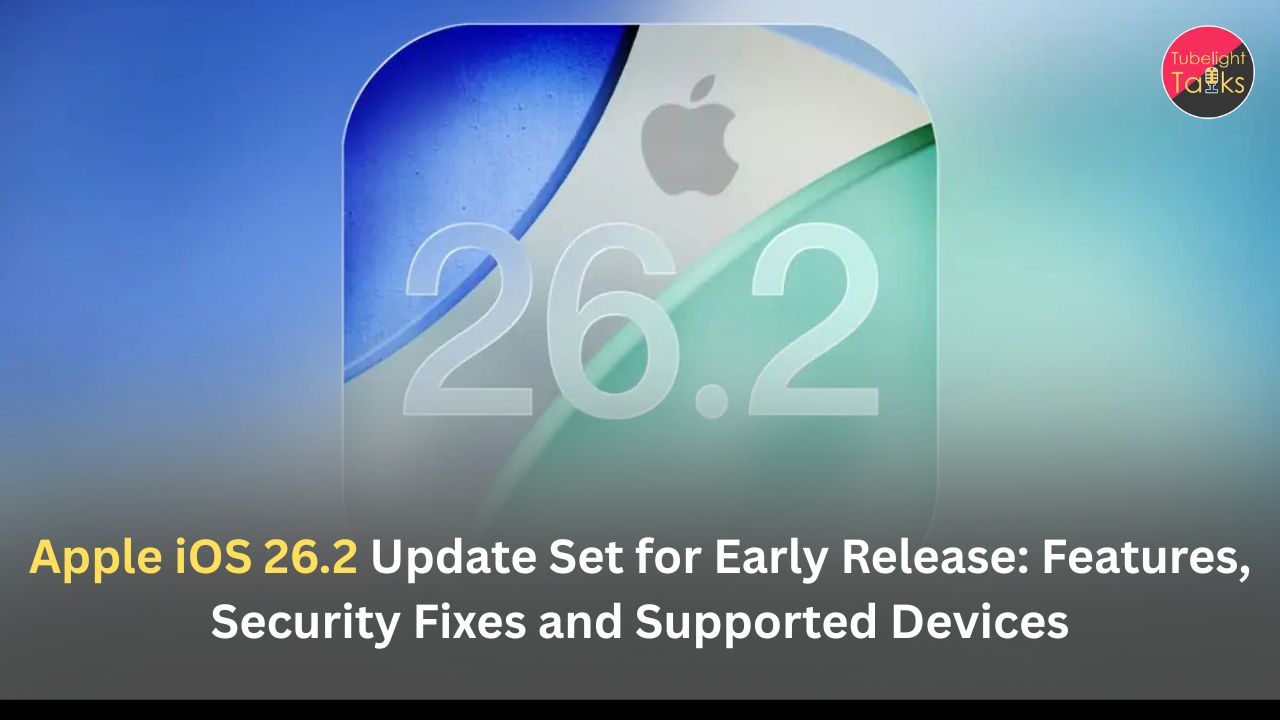Optimus Will Eliminate Poverty: At Tesla’s annual shareholder meeting on 6 November 2025 in Austin, Texas, CEO Elon Musk unveiled his boldest vision yet for the company’s humanoid robot, Optimus. Musk told investors that Optimus will ultimately be more precise than the world’s best human surgeons and that mass deployment of such robots is, in his view, the only realistic way to give “everyone amazing medical care” and “actually eliminate poverty.”
His remarks came at the same event where Tesla shareholders re-approved a performance-linked pay package for Musk that could be worth around $1 trillion, tying a large part of his compensation to ambitious milestones in robotaxis and Optimus deployment.
Supporters see a possible leap toward an age of abundance. Critics see a familiar pattern of futuristic promises running far ahead of today’s technology and regulatory reality.
What exactly did Musk say about Optimus?
During the shareholder meeting, Musk linked three big ideas to Optimus:
- Universal access to high-quality healthcare
- Musk argued that with humanoid robots like Optimus, it would be possible for everyone to have access to “amazing medical care,” because robots could scale far more easily than human specialists.
- Musk argued that with humanoid robots like Optimus, it would be possible for everyone to have access to “amazing medical care,” because robots could scale far more easily than human specialists.
- Superhuman surgical precision
- He claimed Optimus will eventually surpass the very best human surgeons, with a level of precision in surgical tasks that is “beyond human” ability.
- He claimed Optimus will eventually surpass the very best human surgeons, with a level of precision in surgical tasks that is “beyond human” ability.
- Eliminating poverty via AI and robotics
- Musk tied Optimus to a broader economic prediction: as AI and robots take over most labor, the global economy could expand by a factor of 10 to 100, creating such abundance that poverty disappears and “universal high income” becomes possible.
- Musk tied Optimus to a broader economic prediction: as AI and robots take over most labor, the global economy could expand by a factor of 10 to 100, creating such abundance that poverty disappears and “universal high income” becomes possible.
In short, Musk painted Optimus not just as a factory helper or warehouse worker, but as a general-purpose worker and super-precise medical assistant that could transform both healthcare and economic structures.
Where Optimus stands today: Demos vs. deployment
Despite the sweeping promises, Optimus is still in an early stage of development:
- Tesla first announced the concept in 2021, with a rough prototype shown in 2022.
- The company has since released videos of Optimus walking, sorting objects and handling fragile items like eggs, suggesting improved dexterity and balance.
- At events and shareholder meetings, Tesla has shown Optimus dancing on stage, distributing candy and performing controlled tasks—impressive, but far from autonomous surgery or mass deployment in hospitals.
Timeline and scale targets
- Musk has said Tesla aims to begin Optimus production by late 2026, with a long-term goal of scaling to around 1 million units annually, similar to his robotaxi ambitions.
- Various reports suggest a target price range of roughly $20,000–$30,000 per robot—comparable to a mid-range car—though these figures are not final and depend on future manufacturing efficiencies.
In practice, Optimus today is still a research and prototype platform, not a regulated medical device or mass-produced household product.
Can a robot really be “better than the best human surgeon”?
Musk’s claim that Optimus will surpass top surgeons rests on several assumptions:
- Sensor precision and steady hands
- Robots can, in theory, perform movements with micron-level accuracy without fatigue or tremors. Existing surgical systems like da Vinci already show how robotic assistance can enhance precision, though they are still controlled by human surgeons.
- Robots can, in theory, perform movements with micron-level accuracy without fatigue or tremors. Existing surgical systems like da Vinci already show how robotic assistance can enhance precision, though they are still controlled by human surgeons.
- Advanced AI for perception and planning
- For Optimus to truly operate as a surgeon, Tesla’s AI would have to reliably interpret complex medical imagery, respond to unexpected complications in real time, and comply with strict safety and regulatory standards. None of this exists today in a clinically approved form for general-purpose humanoid robots.
- For Optimus to truly operate as a surgeon, Tesla’s AI would have to reliably interpret complex medical imagery, respond to unexpected complications in real time, and comply with strict safety and regulatory standards. None of this exists today in a clinically approved form for general-purpose humanoid robots.
- End-to-end medical workflows
- Beyond the act of incision or stitching, surgery involves diagnosis, informed consent, ethics, and post-operative care. These human dimensions are currently far beyond what a robot like Optimus can handle autonomously.
- Beyond the act of incision or stitching, surgery involves diagnosis, informed consent, ethics, and post-operative care. These human dimensions are currently far beyond what a robot like Optimus can handle autonomously.
Medical experts and AI researchers note that while robotic assistance in surgery is a real and growing field, the leap from “assistant” to “fully autonomous super-surgeon” is enormous—technologically, legally and ethically.
Ending poverty with robots: Vision vs. unresolved questions
Musk’s economic argument is simple:
- If robots like Optimus can perform most physical and many cognitive tasks, the total output of the global economy could increase dramatically.
- In what he calls a “benign” scenario, humans would receive a universal high income, making work optional and poverty obsolete.
However, economists and technologists raise several concerns:
- Who owns the robots?
If a small number of companies control most of the robots and AI, the wealth they generate may concentrate at the top rather than automatically trickling down to everyone. - Transition shock and job loss
Large-scale automation can displace workers long before new social safety nets (like universal basic income) are implemented, creating short- to medium-term hardship. - Political will for redistribution
Eliminating poverty is not just a technology problem; it requires political decisions about taxation, welfare, property rights and global coordination. Critics argue that Musk underestimates these non-technical barriers.
In other words, even if Optimus hugely boosts productivity, poverty will only disappear if societies choose fair distribution mechanisms—something robots alone cannot decide.
Investor context: Trillion-dollar pay and “infinite money glitch”
Musk’s Optimus remarks came in the same week Tesla shareholders approved his massive performance-based pay package, which some reports describe as potentially worth around $1 trillion if all milestones are hit.
At the meeting, Musk also described AI and robotics as an “infinite money glitch,” suggesting there may eventually be no meaningful limit to economic growth, and even hinting at a future where traditional money systems might fade as material scarcity declines.
Skeptics see this rhetoric as part of a high-stakes narrative to justify Tesla’s valuation and his own compensation package, noting Musk’s past record of over-optimistic timelines for technologies like full self-driving and robotaxis.
Technology can’t replace Dharma
Can robots alone remove poverty and suffering?
From a Satgyan (true knowledge) viewpoint, as taught by Sant Rampal Ji Maharaj, poverty and suffering are not only economic issues—they are also tied to human conduct, greed, injustice and adharma (unrighteousness).
Key spiritual points relevant to this debate:
- Wealth without wisdom can deepen inequality
- If inner tendencies like lobh (greed), ahankaar (ego) and anyay (injustice) remain unchanged, even vast material abundance can stay locked in a few hands. Machines may multiply production, but only Dharma-based governance ensures fair distribution.
- If inner tendencies like lobh (greed), ahankaar (ego) and anyay (injustice) remain unchanged, even vast material abundance can stay locked in a few hands. Machines may multiply production, but only Dharma-based governance ensures fair distribution.
- Service (sewa) is more than efficiency
- Providing medical care is not just about precision and speed; it also involves karuna (compassion), moral responsibility and accountability. Robots may assist, but the intention behind their use—profit-only or genuine service—depends on human values.
- Providing medical care is not just about precision and speed; it also involves karuna (compassion), moral responsibility and accountability. Robots may assist, but the intention behind their use—profit-only or genuine service—depends on human values.
- Real upliftment is both outer and inner
- Sant Rampal Ji Maharaj emphasises that true welfare combines physical well-being, social justice and spiritual liberation. Technology like Optimus may help with physical tasks, but removing spiritual ignorance and social evils (corruption, exploitation, intoxication, discrimination) still requires enlightened guidance and righteous policies, not just hardware.
- Sant Rampal Ji Maharaj emphasises that true welfare combines physical well-being, social justice and spiritual liberation. Technology like Optimus may help with physical tasks, but removing spiritual ignorance and social evils (corruption, exploitation, intoxication, discrimination) still requires enlightened guidance and righteous policies, not just hardware.
From this angle, Optimus could become a powerful tool for humanity—if guided by Satgyan, ethical leadership and just systems. Otherwise, it risks becoming another instrument that amplifies existing inequalities.
Also Read: Elon Musk Proposes Tesla’s Optimus Robots to Eliminate Global Poverty via Universal Basic Income
FAQs: Elon Musk Says Tesla’s Optimus Will Eliminate Poverty
1. What is Tesla’s Optimus robot?
Optimus (also called Tesla Bot) is a general-purpose humanoid robot under development by Tesla. First announced in 2021, it is designed to use the same AI stack as Tesla’s self-driving software and take on “dangerous, repetitive and boring” tasks in factories, logistics and potentially home environments.
2. Did Elon Musk really say Optimus will be better than the best human surgeon?
Yes. At the 6 November 2025 shareholder meeting, Musk said Optimus would eventually have surgical precision beyond any human surgeon and framed humanoid robots as the only realistic way to give everyone high-quality medical care. These remarks have been widely reported and transcribed by multiple outlets.
3. How does Musk link Optimus to ending poverty?
Musk argues that if robots like Optimus can do most forms of labor, the global economy could expand 10–100x, making it feasible to provide universal high income and remove material scarcity. He claims that widespread deployment of such robots is the only practical way to eliminate poverty, though critics point out that political and ethical choices about wealth distribution remain crucial.
4. When will Optimus be available and how much will it cost?
Musk has said Tesla aims to start production around late 2026, ramping up over time, with a long-term aspiration to produce up to a million units annually. Reports suggest a target price in the range of $20,000–$30,000 per robot, but these are projections and depend on manufacturing scale, regulation and technical progress.
5. What are the main concerns about Musk’s Optimus claims?
Critics note:
Tesla’s history of optimistic timelines on full self-driving and robotaxis.
The gap between demo videos and robust, real-world deployment in safety-critical settings like surgery.
Unanswered questions about regulation, liability, data privacy and job displacement.










